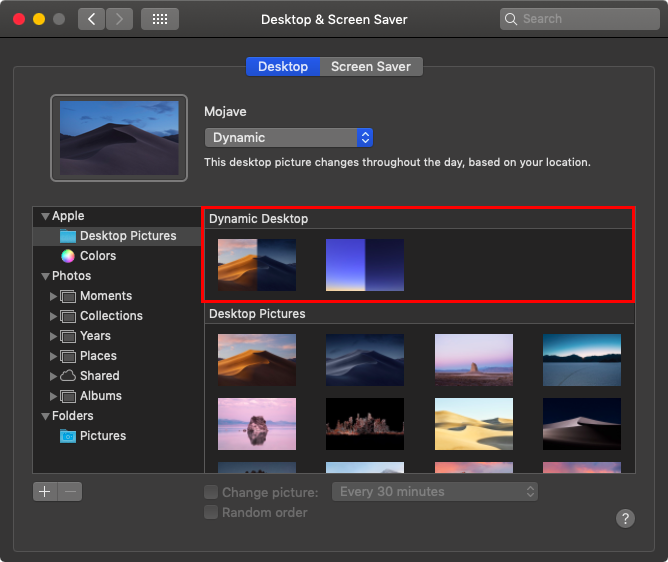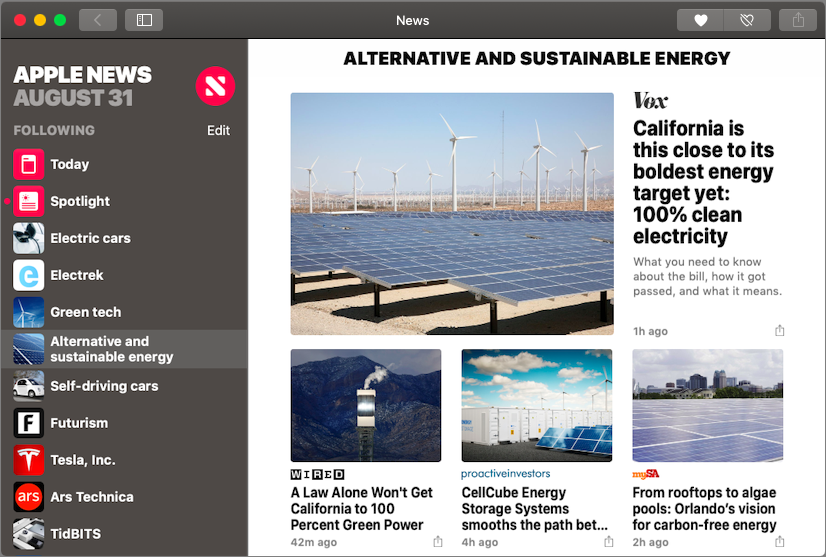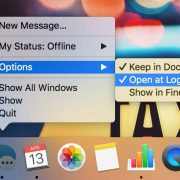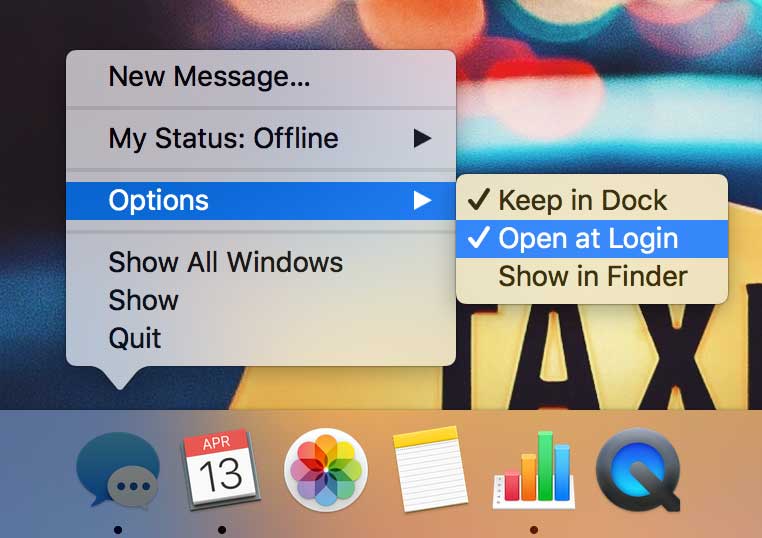Features of macOS 10.14 Mojave You Won’t Want to Miss

With last year’s macOS 10.13 High Sierra, Apple made no big changes to the Mac OS, instead, they focused on refining the OS and bug fixes. In keeping with their alternating cycle of releases, this year’s macOS 10.14 Mojave includes plenty of new features in addition to bug fixes. Let’s take a look at a few of these.
Dark Mode and Dynamic Desktop
Mojave features a new Dark mode that reverses the standard black-on-white look with light gray text on a dark background throughout the interface. To change it, go to your System Preferences > General. If you find the white window backgrounds too bright on your Mac, Dark mode will be the way you may want to go.

With Dynamic Desktop, your wallpaper or desktop picture will change throughout the day. It really is just eye candy, but it is kind of nice to see the subtle change throughout the day. Select either Mojave or Solar Gradients in System Preferences > Desktop & Screen Saver > Desktop, and your wallpaper will change throughout the day.
Finder Stacks and Groups
Turning to more practical changes, Mojave’s Finder boasts a few new features to help you better navigate a cluttered Desktop and overflowing folders. Control-click the Desktop and choose Use Stacks, and the Finder will combine all the related icons on your Desktop into stacks. It collects them by kind by default, but you can instead have it group them by various dates or even by tags. Click a stack to see what’s inside. This is one of my favorite features!

Quick Actions in the Finder and Quick Look
The Finder’s new tricks go even further, with Quick Actions. Controlled in System Preferences > Extensions > Finder, these quick actions let you rotate or mark up a document within the Finder’s preview pane or a Quick Look window (select a file and press the Space bar). Other quick actions let you create PDFs and trim video.
Most useful of these is the Markup quick action, which gives you most of Preview’s editing tools—cropping, annotating, and more—right in a Finder or Quick Look window. With this feature, you don’t have to open up an app to markup a document. Very useful for marking documents up!

Still and Video Screen Captures, with Editing
Markup also features prominently in Mojave’s new screen capture interface. You’ve long been able to press Command-Shift-3 for a screenshot of the entire screen and Command-Shift-4 for a portion of the screen. Now, press Command-Shift-5 for an interface to those capabilities, plus video screen recording, which was also possible before with QuickTime Player.

These features may not be new, but they’re a lot easier to use in Mojave, and there are a few new options, such as being able to keep the same size selection across multiple screen captures and include the pointer in screenshots.
Continuity Camera with iPhone
 Have you ever wanted to insert a photo or scanned page into an email message or document? Mojave makes this easier with Continuity Camera, a feature that lets you use your iPhone within a Mac app. In Notes, for instance, start a new note, and then choose File > Insert from iPhone > Take Photo/Scan Documents. Either way, your iPhone immediately switches to the appropriate photo or scanning mode, and the resulting photo or scan lands in your note. This works with multiple apps including the iWork app and Mail.
Have you ever wanted to insert a photo or scanned page into an email message or document? Mojave makes this easier with Continuity Camera, a feature that lets you use your iPhone within a Mac app. In Notes, for instance, start a new note, and then choose File > Insert from iPhone > Take Photo/Scan Documents. Either way, your iPhone immediately switches to the appropriate photo or scanning mode, and the resulting photo or scan lands in your note. This works with multiple apps including the iWork app and Mail.
iOS Apps: News, Stocks, Voice Memos, Home
Apple has been emphatic that it is not planning to retire macOS in favor of iOS. However, the company does want to make it easier for developers to write apps that run in both operating systems. As the first phase of that strategy, Apple has ported four iOS apps to the Mac: News, Stocks, Voice Memos, and Home.

They look a little different from the iOS versions, as they should, but they work similarly, and you can sync their settings and data between your devices via iCloud (look in System Preferences > iCloud on the Mac and in Settings > Your Name > iCloud in iOS).
If you’d like to see more or see some of the features in action, check out my tutorial on What’s New in macOS Mojave.




 Have you ever wanted to import your photos from your camera or iPhone, but you didn’t want to use Photos? Maybe you just want to import them into a photo, or maybe you want see the information about a photo such as the ISO, film speed, or aperture used before you import them. What about scanning? How you do scan with your Mac? All this is done with Image Capture, included with your macOS. With Image Capture you can see your photos data, select photos and videos and import them into a photo or PDF, set the DPI or file type when you scan, select where you want to save your scans, and more.
Have you ever wanted to import your photos from your camera or iPhone, but you didn’t want to use Photos? Maybe you just want to import them into a photo, or maybe you want see the information about a photo such as the ISO, film speed, or aperture used before you import them. What about scanning? How you do scan with your Mac? All this is done with Image Capture, included with your macOS. With Image Capture you can see your photos data, select photos and videos and import them into a photo or PDF, set the DPI or file type when you scan, select where you want to save your scans, and more.
















